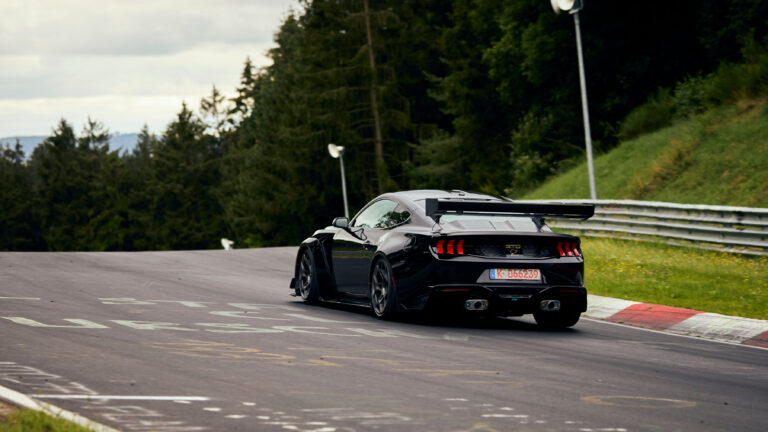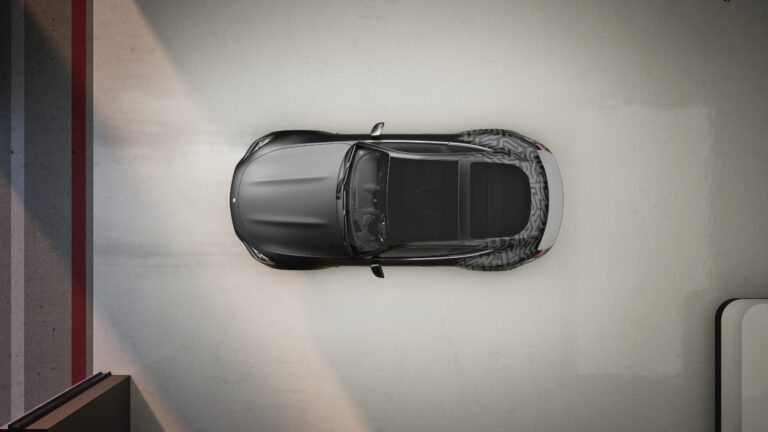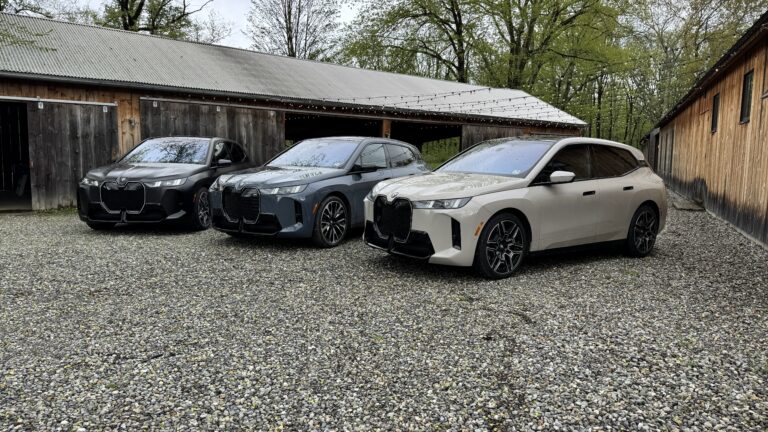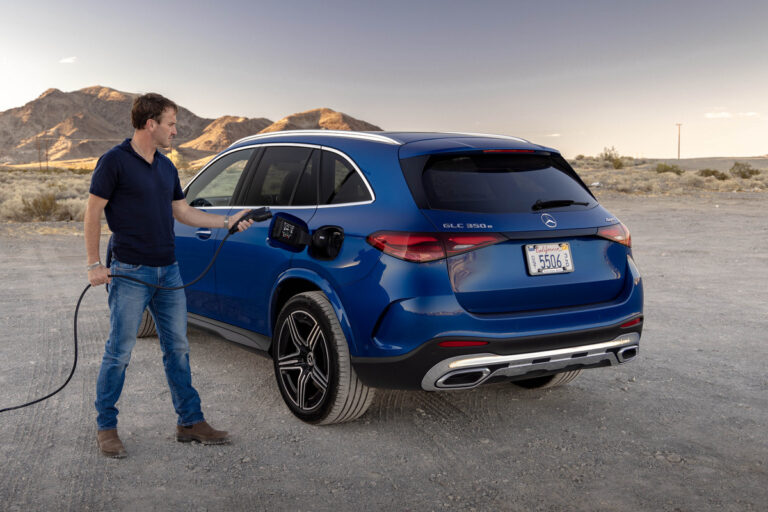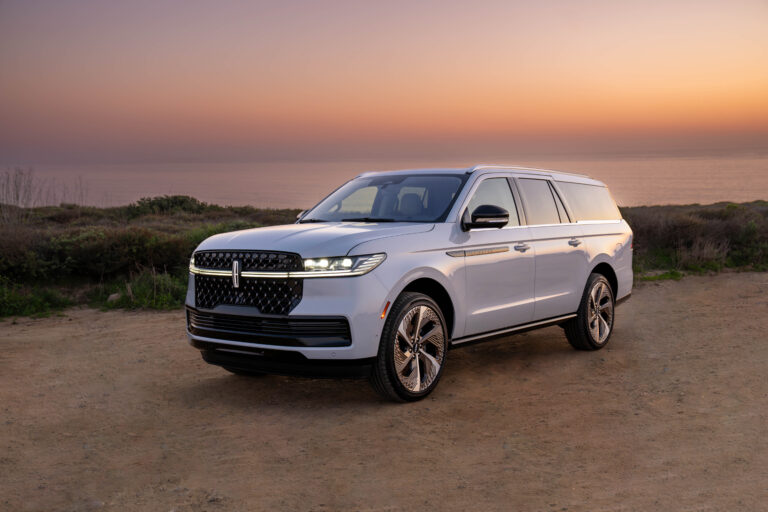Mercedes Might Build SUVs in Alabama to Dodge Tariffs
Mercedes-Benz may shift GLC SUV production to Alabama to dodge U.S. tariffs, signaling a major strategy shift. Here’s what it means for buyers and rivals. Mercedes-Benz is eyeing its Tuscaloosa plant for more SUV production as U.S. tariffs loom. The real story? It’s not about politics. It’s about survival.
Why does this car matter right now?
It’s not the GLC itself that’s causing heartburn in Stuttgart it’s where it’s built. Mercedes-Benz is considering moving production of its cash-cow SUV from Germany to Alabama, and it’s not just some throwaway contingency plan. With the U.S. government turning up the heat on EU-built cars through aggressive tariff threats, Mercedes is doing what any luxury automaker with half a brain would: follow the money, and follow the steel.
The GLC is Mercedes’ global golden goose. It outsells the C-Class, S-Class, and pretty much anything else with a three-pointed star slapped on it. But with the United States now considering a 25% tariff on imported vehicles from the European Union, every GLC that rolls off the boat from Bremen could cost Mercedes thousands in profit or worse, become too expensive to sell at all.

So what’s the answer? Bring the party stateside. The brand already builds the GLE and GLS in Tuscaloosa, Alabama, where they’ve spent decades polishing Southern charm into German engineering. Adding the GLC to the local lineup isn’t just logical it’s now essential. Otherwise, Mercedes risks getting boxed out of its second-largest market by its own price tags.
How does it compare to rivals?
Rival brands saw this coming. BMW shifted U.S.-bound X5 and X7 production to Spartanburg long ago. Volvo’s been whispering about U.S. and Mexican production for years. Audi is still catching up, but even they’re assembling Q5s in Mexico to sidestep tariff roulette.
Mercedes, oddly late to this strategic party, has been slow to yank its most popular SUV from Germany. That’s not due to stubbornness just German precision. Reconfiguring a production line for GLC assembly takes years, not months. You can’t just plop a GLC on a GLE line and call it a Tuesday.

But the truth is, Mercedes waited too long to read the political tea leaves. Trump’s renewed trade war threats have shifted from tweetable tantrums to real policy instruments. In a world where American-built equals tariff-free, the brand must play catch-up or hemorrhage sales in the world’s most profitable luxury market.
Who is this for and who should skip it?
This matters to anyone buying or selling a luxury crossover in the U.S. If you’re a shopper looking at a GLC next year, expect two things: either a price hike on the German import or a newly American-built version that looks the same but smells vaguely of barbecue. That’s not a bad thing. Alabama-built Mercedes SUVs have proven world-class. In some cases, they’re even screwed together better than the ones from Europe.
Dealers, too, are quietly salivating. A domestically assembled GLC could be priced more competitively than its European-built predecessors, potentially undercutting Audi and BMW while preserving margins. The customer wins on MSRP, the brand wins on volume, and the Alabama plant wins more jobs.

The ones who should skip this? European purists who believe German cars must be built on German soil with a technician named Jürgen. For everyone else, as long as it has interior tech, all-wheel drive, and a badge that impresses the neighbors, they’ll never notice.
What’s the long-term significance?
Mercedes’ Tuscaloosa plant is already a production powerhouse. But if the GLC joins the roster, it signals a tectonic shift in the way European automakers approach U.S. manufacturing. This isn’t just about one SUV it’s about safeguarding the entire U.S. business model from political volatility.
The bigger picture? It’s also a hint at where future plug-in hybrid models or electric variants might land. Mercedes has already added EV production at the Alabama facility with the EQE SUV. Adding a combustion or hybrid GLC keeps the factory humming while letting Mercedes play both ends of the propulsion game.

In the age of electrification, software wars, and tariff chess, building closer to the customer isn’t just smart it’s mandatory. And it means Mercedes isn’t just sending cars to America. It’s quietly becoming more American than we ever thought.
Like what you’ve read? Stay in the driver’s seat with more insider automotive insights. Follow @NikJMiles and @TestMiles for stories that go beyond the press release.


